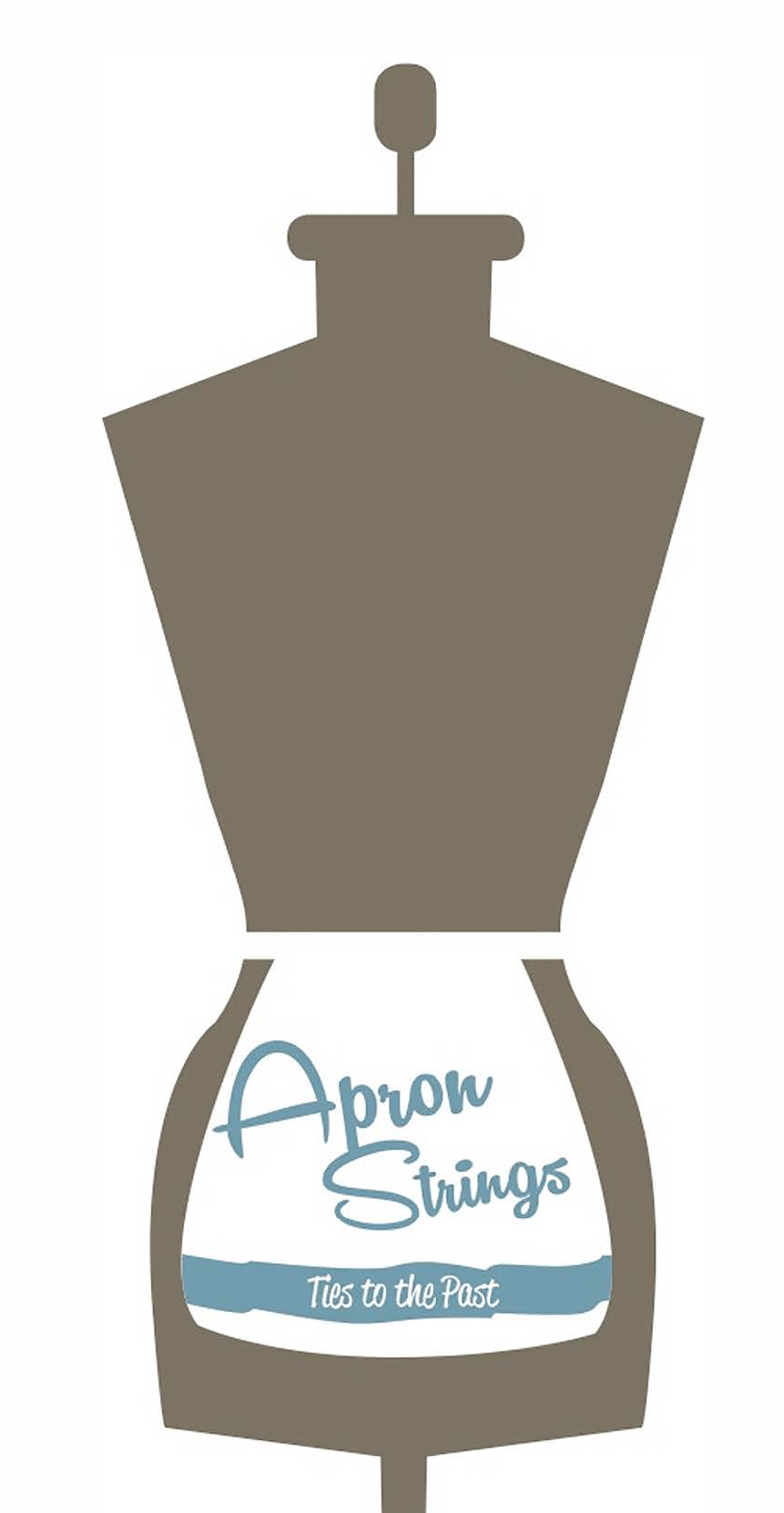Apron Strings: Ties to the Past
Aprons are more than kitsch. They are symbols of family and motherhood. Aprons conjure conflicting images — of simpler “good old days” and of the endless hard work those times required. Aprons show up around the world, through the centuries, and across great demographic divides. And every apron reveals something about the person who wore it.
The word apron comes from the French naperon, a small tablecloth or napkin, suggesting that we've worn them for centuries to keep from spilling soup on ourselves. We've also worn aprons as protective work garments, as ceremonial indicators of locale, social status, or group affiliation, and as ritual protection. Aprons have also been used as advertisements of sexuality and fertility, as decorations to catch someone's eye, or simply as pleasing accessories.
Aprons symbolize apple pie and housewives –– June Cleaver-like women. In truth, though, actual apron memories are as varied as our pasts; most of our apron-wearing relatives were hard workers in a largely unpaid labor force. These women were resourceful and creative, and their aprons reflect both their artistic flair and their responsibilities. As the old saying “tied to mother’s apron strings” implies, aprons symbolize tying unwilling women to the home and restless children to binding relationships. Yet people need to be fed and cared for, and the variety of aprons illustrates the ways in which women have made this cultural assignment a means of individual self-expression and identity.
Historically, women had to express their creativity within certain artistic boundaries, and making aprons was one such imaginative outlet. The apron seamstress had to consider design as well as function as she made each unique artistic statement. Unlike painting and sculpture, which are considered “fine art,” artists who work in the “applied arts” (including woodworking, metalwork, ceramics, and textiles) often go unnamed and unrecognized, as is the case with most of the people who made the aprons in Apron Strings.
Most of the aprons displayed here are homemade. Admire each apron as a handcrafted, one-of-a-kind item. Who made it and wore it? What is the seamstress telling you about her life? Celebrate these aprons and the plucky seamstresses they speak for, then rummage in the attic and unfold your own family's apron stories.
Additional Resources
RECORD YOUR HISTORY
Collect your family apron memories! Use the questions and suggestions in the linked document to record your own memories or ask other family members about their apron stories. We welcome submissions to be included in the exhibit at:
WHAT IS "RIGHTFULLY HERS"?
Interested in the National Archives Museum and the Rightfully Hers Exhibit?
GLOSSARY
These terms were compiled from Joyce Cheney’s book Aprons, Icons of the American Home and Judy Florence’s book Aprons of the Mid-‐20th Century.
APRON STRINGS FOR KIDS
Hundreds of years ago, people around the world
only had one or two changes of clothes and
washing them was hard, what did they wear to keep clean?




